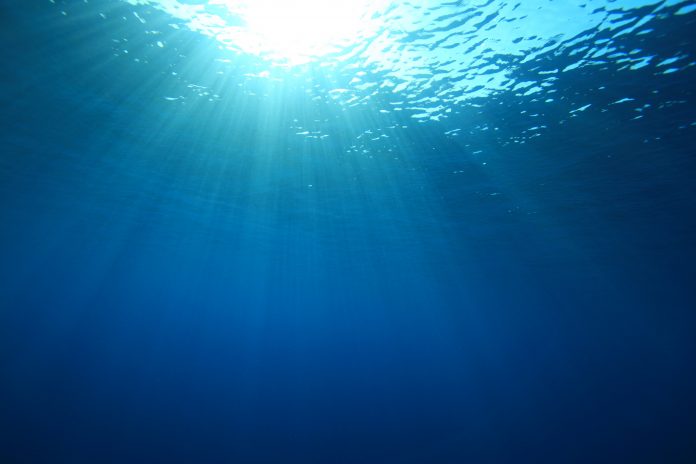Here, Louisa Casson from Greenpeace UK explains the ongoing need for significant ocean protection
Greenpeace has been campaigning for proper ocean protection for decades. It has taken many different forms, under many different names, but our argument has always been fundamentally the same: we need to fully protect a substantial proportion of our oceans, and sustainably manage the rest.
We saw the 2009 Marine and Coastal Access Act as a missed opportunity for our government to introduce the levels of protection we had been calling for. It was a chance to enshrine fully protected marine areas into law, but this didn’t happen.
However, a decade on the government has reopened the conversation and before calling our first December election for a generation, began a consultation on introducing the fully protected areas our oceans need under the moniker “Highly Protected Marine Areas”. These would build on the existing network of ineffective Marine Protected Areas, many of which are little more than lines on a map.
Highly Protected Marine Areas should be fully protected and off-limits to all human extraction, from industrial fishing to deep-sea mining. Science has shown that full protection is the most effective solution to protect marine life and grow our ocean’s resilience to a changing climate. This is set out in a Greenpeace report written in collaboration with scientists from Oxford and York universities, among others, titled: 30×30: A Blueprint for Ocean Protection.
In the decade since the Marine and Coastal Access Act came into force, much has changed in our understanding of the oceans. The scale and urgency of action required to protect them in the face of unprecedented changes, caused by human activity, has become clear.
Science has now coalesced around the need to protect at least 30% of our oceans, and sustainably manage the rest. Highly Protected Marine Areas would offer this level of protection to parts of UK waters, and countless scientific studies tell us that they would work. We also know that when Highly Protected Marine Areas are bigger, they work better (see 30×30).
Our government has been ambitious by establishing an alliance of nations representing every part of our planet, all calling for 30% of the oceans to be protected over the next decade. From European Union member states like Portugal to Pacific island nations like Vanuatu and Latin American countries like Costa Rica, the Global Ocean Alliance is diverse and global. The Conservative government deserves credit for spearheading this.
However, our next government needs to go further. As well as securing global agreement on the 30% target in 2020, ministers must ensure the UK’s leadership on the world stage is matched by its actions closer to home. It needs to fix the broken system of Marine Protected Areas, and properly protect the UK’s waters by introducing Highly Protected Marine Areas that provide the level of protection our oceans need.
Our new government, regardless of who wins the upcoming election, should listen to the science and ensure that this consultation on Highly Protected Marine Areas bears fruit. We all rely on healthy seas, and they need to be properly protected to keep them healthy now and for many generations to come.
Louisa Casson is an Oceans Campaigner at Greenpeace UK.











